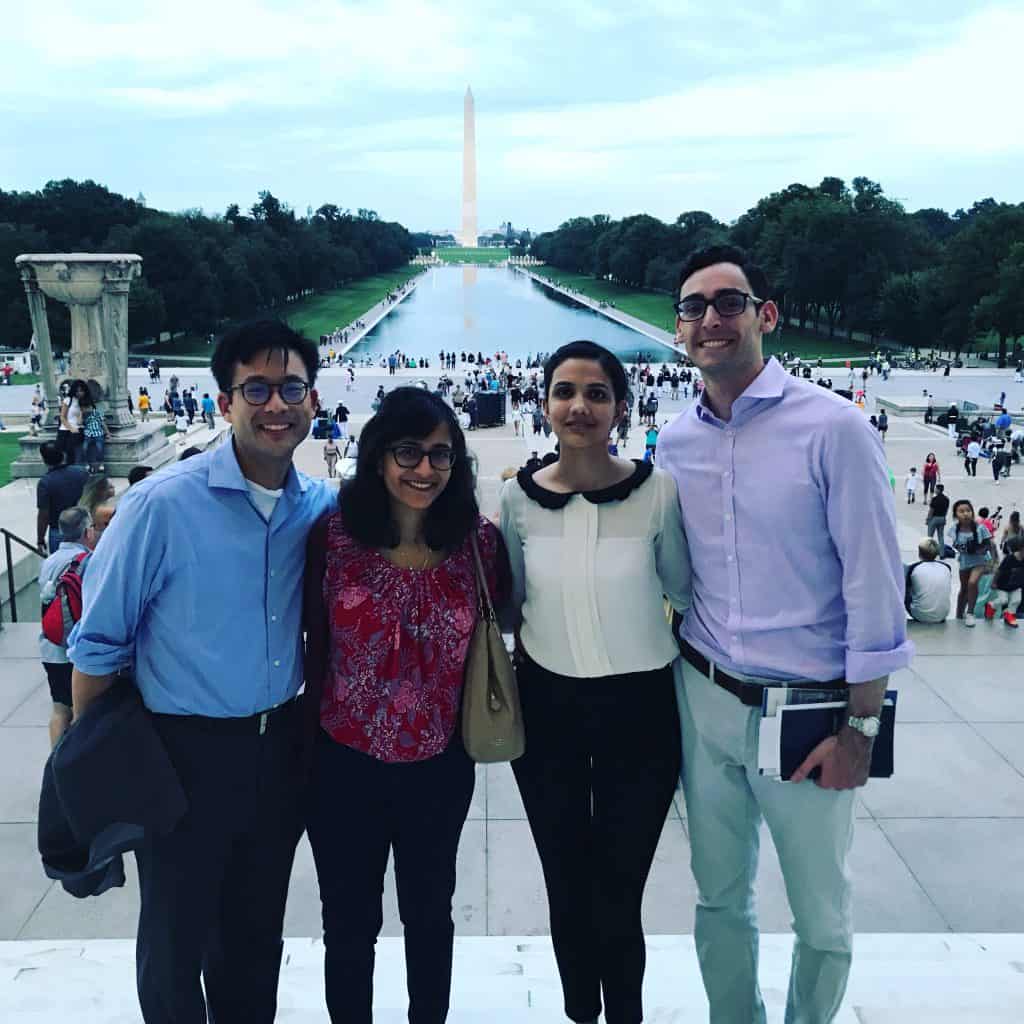The Washington Campus Health Care Policy

Twenty-one speakers, five days, and a tour of Washington’s greatest highlights — what a thrilling week to be a part of The Washington Campus! In one week, I learnt how to better navigate the healthcare policy environment and the interactions among different players within it through diverse and engaging speakers and experiences in Capitol Hill and different companies, such as Kaiser Permanente. To summarize my key takeaways:
Same problems, but new approaches
Our healthcare system is an anomaly — healthcare comprises 18 percent of our GDP, higher than other developed countries, and is expected to grow in the future. This trend is driven by current factors, such as higher costs (especially prices of prescription drugs), and emerging ones, such as the growing opioid addiction. We are making progress, such as through 340B and Medicaid Part D, but we still have some work to do before reaching a resolution.
Separate, but interlinked
Washington, D.C., is complex with multiple organizations that might function separately and have different incentives, but … they are also interdependent. It is important to build mutually beneficial relationships and diverse and bipartisan coalitions to drive change. A strong example is after a proposed rule is introduced in the regulatory process, the government asks for and considers comments from the public on that rule, creating a partnership with the public. Through these interlinkages, we learnt about important hidden figures, such as the OMB (Office of Management and Budget), the president’s tool to manage the budget, departments and regulatory policy in the executive branch.
More power with data, but more accountability
Data, data, data … what we thrive on in business school. In healthcare policy, there is a higher focus on evidence-based recommendations, as shown by the Commission on Evidence-Based Policymaking, and value-based care where patient outcomes are primary. We need to gather feedback from a representative sample of the patient population, in breadth and depth. Healthcare organizations are already compiling and acting on population data (e.g. types of physician office visits). We visited two of these data centers and admired the extensive depth and visualization of this data.
Advanced technology solutions, but new threats
You might see “new tablet” and “data breach” in the same newspaper — technological advancement has led to new threats, notably cybersecurity breaches, with ransomware being a top threat. However, it has also driven greater accountability, with the expansion of social media and media coverage, and helped combat old problems, such as increasing costs. We learnt about how telemedicine has helped train physicians remotely and reduced in-person office visits, decreasing the cost burden on the system.
Our speakers encouraged us to participate in policy because we have a voice as part of our first amendment right and increasingly open access to the government. We can submit a comment on proposed rules on https://www.regulations.gov/ or contact our representatives in Congress with our concerns. We are business leaders and public policy profoundly impacts how we develop and promote our products and services — let’s be a part of it.
